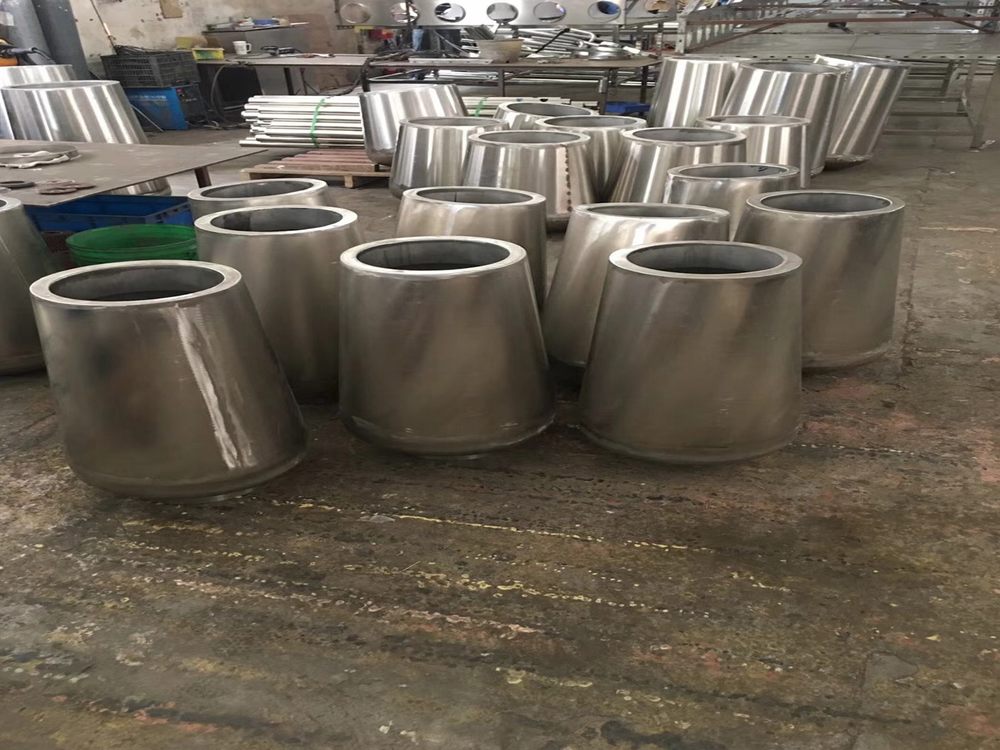
Bronze sculptures have long been admired for their durability and timeless beauty, but how do they fare in regions with extreme temperature fluctuations? The answer lies in the unique properties of bronze, an alloy primarily composed of copper and tin.
Bronze exhibits remarkable resistance to temperature changes due to its low thermal expansion coefficient. Unlike materials like stone or wood, bronze expands and contracts minimally when exposed to alternating heat and cold. This characteristic helps prevent cracking or warping that plagues other materials in volatile climates.
However, extreme temperature swings can accelerate the natural patina process. The protective oxide layer that forms on bronze may develop faster in areas with frequent freeze-thaw cycles. While this patina actually protects the metal beneath, rapid formation can lead to uneven coloring if not properly maintained.
In desert environments, where daytime heat gives way to chilly nights, bronze sculptures face unique challenges. The metal's high thermal conductivity means it heats and cools quickly. Sculptures in direct sunlight may become too hot to touch during the day, while freezing temperatures at night cause contraction. Over decades, these repeated cycles can theoretically cause fatigue, though quality bronze castings typically withstand centuries of such treatment.
To maximize longevity in extreme climates:
1. Apply protective wax coatings annually
2. Ensure proper drainage to prevent water accumulation
3. Consider strategic placement to minimize direct sun exposure
4. Clean gently to preserve the natural patina
Modern bronze alloys and casting techniques have further improved temperature resistance. Many contemporary artists use silicon bronze, which offers enhanced durability against thermal stress. Ultimately, while extreme temperatures may alter a bronze sculpture's appearance over time, they rarely compromise its structural integrity when properly maintained.
The next time you see a bronze statue weathering a snowstorm or blazing sun, remember it's precisely this resilience that has made bronze the medium of choice for enduring public art throughout human history.

